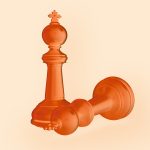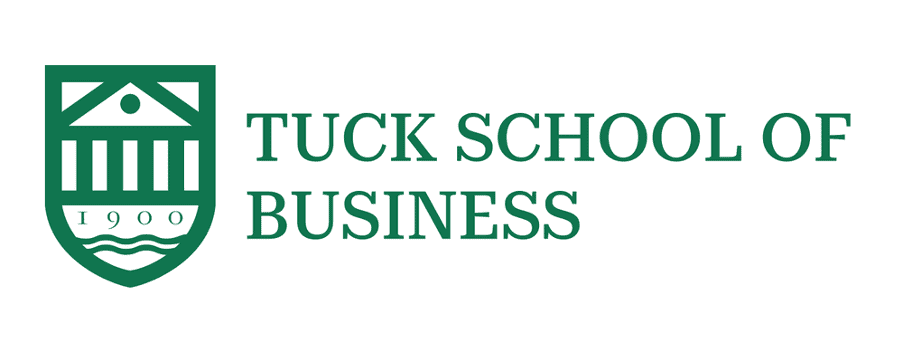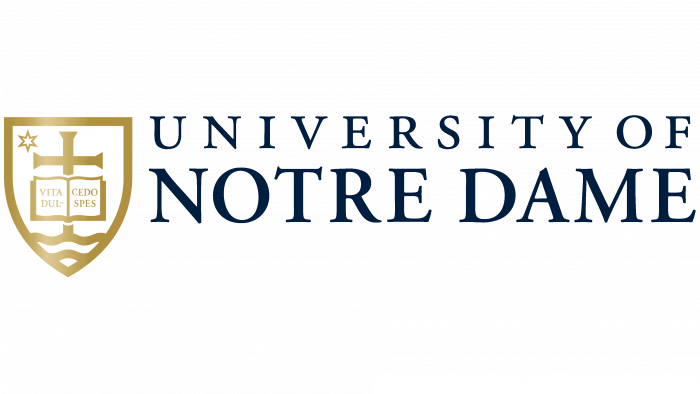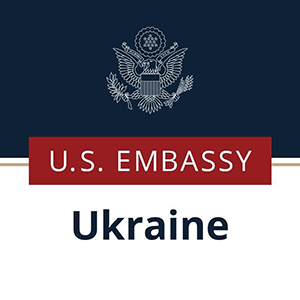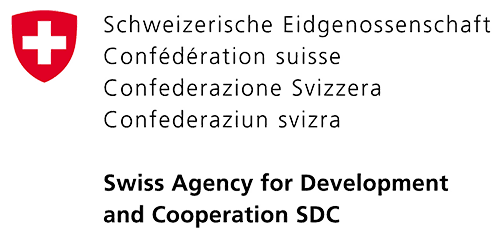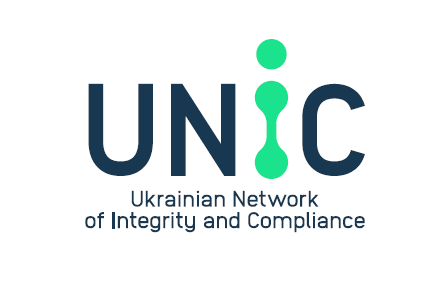LVIV, Ukraine — Ukraine is once again at the center of a potentially global conflict. World War I, as the historian Dominic Lieven put it, «turned on the fate of Ukraine.» World War II, according to the legendary journalist Edgar Snow, was «first of all a Ukrainian war.» Now the threat of a third world war hinges on what could happen in Ukraine.
It’s a striking repetition. Why has Ukraine, a midsize country of 40 million people on the eastern edge of Europe, been at the epicenter of warfare not once, not twice, but three times?

Part of the answer, at least, is geographical. Set between Russia and Germany, Ukraine has long been viewed as the site of struggle for the domination of the continent. But the deeper reasons are historical in nature. Ukraine, which has a common origin point with Russia, has developed differently over the course of centuries, diverging in crucial ways from its neighbor to the east.
President Vladimir Putin likes to invoke history as part of the reason for his bloody invasion. Ukraine and Russia, he asserts, are in fact one country: Ukraine, in effect, doesn’t exist. This, of course, is entirely wrong. But he is right to think history holds a key to understanding the present. He just doesn’t realize that far from enabling his success, it’s what will thwart him.
In 1904 an English geographer named Halford John Mackinder made a bold prediction. In an article titled “The Geographical Pivot of History,” he suggested that whoever controlled Eastern Europe would control the world. On either side of this vast region were Russia and Germany, poised to do battle. And in between was Ukraine, with its rich resources of grain, coal and oil.
There’s no need to go into the finer details of Mackinder’s theory; it had its flaws. Yet it proved extremely influential after World War I and became something of a self-fulfilling prophecy. Thanks to the Nazi geopolitician Karl Haushofer, the concept migrated into Hitler’s “Mein Kampf.” Lenin and Stalin had not read Mackinder but acted as if they had. For them, Ukraine was the bridge that would carry the Russian Revolution westward into Germany, making it a world revolution. The path to conflict again ran through Ukraine.
The war, when it came, was catastrophic: In Ukraine, around seven million perished. In the aftermath, Ukraine was sealed up in the Soviet Union, and the question for a time seemed settled. With the collapse of Communism, many believed that Mackinder’s thesis was outdated and the future belonged to independent and sovereign states, free from the ambitions of bigger neighbors. They were wrong.
Mackinder’s argument — that Eastern Europe and Ukraine held the key for a contest between Russia and Germany — never went away. In fact, it took pride of place in Mr. Putin’s mind. With one change, however: He substituted Germany with the West in its entirety. Ukraine, to Mr. Putin, became the battleground for a civilizational contest between Russia and the West.
He didn’t act on it at first. In the early years of his tenure, he seemed to expect — in line with those in Boris Yeltsin’s circle who oversaw the end of the Soviet Union — that Ukrainian independence wouldn’t last long. In time, Ukraine would be begging to be taken back. It didn’t happen. Though some Ukrainians remained under the sway of Russian culture, politically they leaned to the West, as shown by the Orange Revolution of 2004, when millions of Ukrainians protested against electoral fraud.
So Mr. Putin changed course. Soon after the war in Georgia in 2008, in which the Kremlin seized control of two Georgian regions, he designed a new strategic policy for Ukraine. According to the plan, any steps Kyiv might take in the direction of the West would be punished with military aggression. The objective was to cleave off Ukraine’s Russophone east and turn the rest of the country into a vassal state headed by a Kremlin puppet.
At the time, it seemed fantastical, ludicrous. Nobody believed it could be genuine. But by the final weeks of Ukraine’s Maidan revolution in 2014, in which Ukrainians demanded an end to corruption and an embrace of the West, it became horribly clear that Russia was intent on aggression. And so it proved: In a rapid-fire operation, Mr. Putin seized Crimea and parts of the Donbas. But crucially, the full extent of his ambition was thwarted, in large part through the heroic resistance mounted by volunteers in the country’s east.
Mr. Putin miscalculated in two ways. First, he was hoping that, as had been the case with his war against Georgia, the West would tacitly swallow his aggression against Ukraine. A unified response from the West was not something he expected. Second, since in his mind Russians and Ukrainians were one nation, Mr. Putin believed Russian troops needed barely to enter Ukraine to be welcomed with flowers. This never materialized.
What happened in Ukraine in 2014 confirmed what liberal Ukrainian historians have been saying for a long time: The chief distinction between Ukrainians and Russians lies not in language, religion or culture — here they are relatively close — but in political traditions. Simply put, a victorious democratic revolution is almost impossible in Russia, whereas a viable authoritarian government is almost impossible in Ukraine.
The reason for this divergence is historical. Up until the end of World War I (and in the case of western Ukraine, the end of World War II), Ukrainian lands were under the strong political and cultural influence of Poland. This influence was not Polish per se; it was, rather, a Western influence. As the Harvard Byzantinist Ihor Sevcenko put it, in Ukraine the West was clad in Polish dress. Central to this influence were the ideas of constraining centralized power, an organized civil society and some freedom of assembly.
Mr. Putin seems to have learned nothing from his failures in 2014. He has launched a full-scale invasion, seemingly intended to remove the Ukrainian government from power and pacify the country. But again, Russian aggression has been met with heroic Ukrainian resistance and united the West. Though Mr. Putin may escalate further, he is far from the military victory he sought. A master tactician but inept strategist, he has made his most profound miscalculation.
Yet it’s one based on the belief that he is at war not with Ukraine but with the West in Ukrainian lands. It’s essential to grasp this point. The only way to defeat him is to turn his belief — that Ukraine is fighting not alone but with the help of the West and as part of the West — into a waking nightmare.
How this could be done, whether through humanitarian and military help, incorporating Ukraine into the European Union or even supplying it with its own Marshall Plan, are open questions. What matters is the political will to answer them. After all, the struggle for Ukraine, as history tells us, is about much more than just Ukraine or Europe. It is the struggle for the shape of the world to come.
Source: The New York Times.
Author: Yaroslav Hrytsak is a professor of history at the Ukrainian Catholic University and the author, most recently, of the global history of Ukraine.


